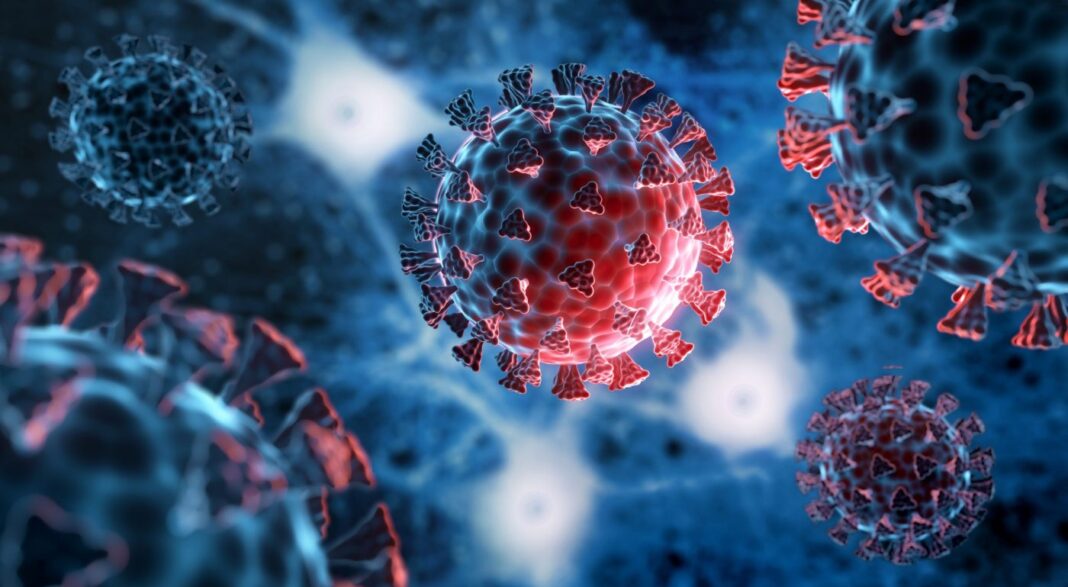The latest omicron subvariants of SARS-CoV-2—including BA.4 and BA.5—now make up the majority of COVID-19 cases being sequenced in the United States. And, the first data on them are causing concern for some experts. For example, Eric Topol, MD, faculty in the department of medicine at Scripps Research, started a recent blog post with this sentiment: “The Omicron sub-variant BA.5 is the worst version of the virus that we’ve seen.” It takes immune escape, he continues, already extensive, to the next level, and, as a function of that, enhanced transmissibility—well beyond Omicron (BA.1) and other Omicron family variants that we’ve seen (including BA.1.1, BA.2, BA.2.12.1, and BA.4).
Compared to their predecessors, the newest subvariants carry additional mutations in their spike proteins which have been hypothesized to allow the variants to further evade neutralizing antibodies. To look specifically at this, new research analyzed the variants’ ability to evade antibodies.
The research is published in Nature, in the paper, “Antibody evasion by SARS-CoV-2 Omicron subvariants BA.1.12.1, BA.4 and BA.5.”
“The virus is continuing to evolve, as expected, and it is not surprising that these new, more transmissible subvariants are becoming more dominant around the world,” says David D. Ho, MD, director of the Aaron Diamond AIDS Research Center and professor of medicine at Columbia University Vagelos College of Physicians and Surgeons. “Understanding how currently available vaccines and antibody treatments stand up to the new subvariants is critical to developing strategies to prevent severe disease, hospitalizations, and deaths—if not infection.”
The researchers studied the ability of antibodies from individuals who received at least three doses of an mRNA vaccine, or got two shots and were then infected with omicron, to neutralize the new subvariants. (Ho’s team did not look at individuals who had not received a booster shot, because a previous study found that two doses provide little protection against infection by earlier omicron variants.)
The systematic antigenic analysis of the Omicron subvariants revealed that while BA.2.12.1 is only modestly more resistant than BA.2 in individuals who were vaccinated and boosted, BA.4/5 was at least four times more resistant than its predecessor.
More specifically, the authors write that a BA.2.12.1 is 1.8-fold more resistant to sera from vaccinated and boosted individuals than BA.2. “However, BA.4/5 is substantially (4.2-fold) more resistant and thus more likely to lead to vaccine breakthrough infections.”
The researchers then analyzed the effect of specific mutations. They found that a mutation at spike residue L452—found in both BA.2.12.1 and BA.4/5—facilitates escape from some antibodies directed to the so-called class 2 and 3 regions of the receptor-binding domain.
In addition, the F486V mutation found in BA.4/5 facilitates escape from certain class 1 and 2 antibodies but compromises the spike affinity for the viral receptor. The R493Q reversion mutation, however, restores receptor affinity and consequently the fitness of BA.4/5.
In addition, the scientists tested the ability of 19 monoclonal antibody treatments to neutralize the variants and found that only one of the available antibody treatments, bebtelovimab, remained highly effective against both BA.2.12.1 and BA.4/5.
“Our study suggests that as these highly transmissible subvariants continue to expand around the globe, they will lead to more breakthrough infections in people who are vaccinated and boosted with currently available mRNA vaccines,” Ho says.
Though the current study suggests that the new variants may cause more infections in vaccinated individuals, the vaccines continue to provide good protection against severe disease.
“Efforts in the United States to develop new vaccine boosters aimed at BA.4/5 may improve protection against infection and severe disease,” Ho says. “In the current environment, though, we may need to look toward developing new vaccines and treatments that can anticipate ongoing evolution of the SARS-CoV-2 virus.”





